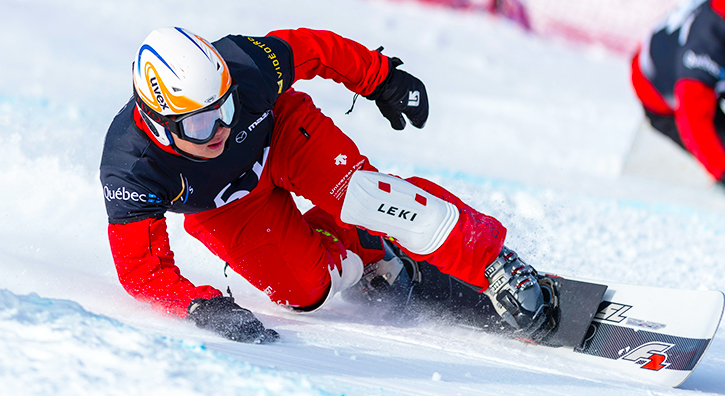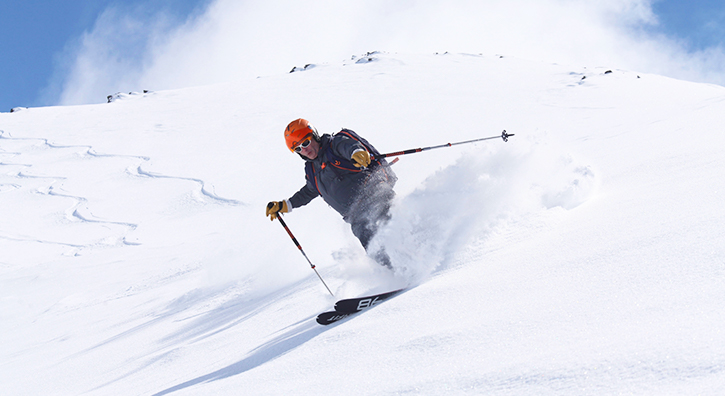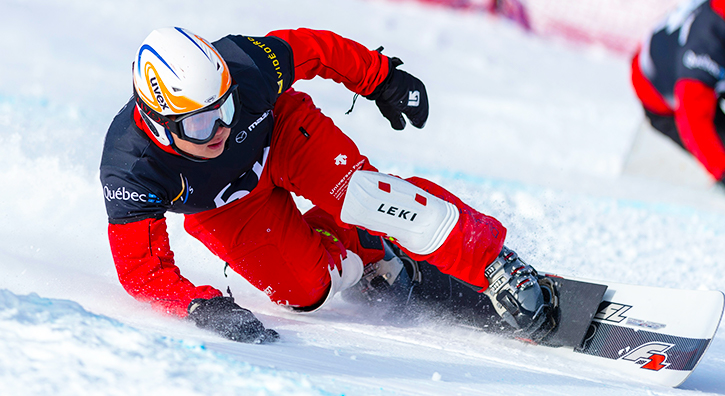0800 260 5082
Available from Monday to Friday from 9am to 7pm, and Saturday from 10am to 7pm. Closed on Sunday.
Available from Monday to Friday from 9am to 7pm, and Saturday from 10am to 7pm. Closed on Sunday.
Alpine skiing is an exciting sport that combines speed, skill, and adventure on the mountain. Whether you’re a beginner or an expert, each trip offers the chance to explore diverse landscapes and challenge your abilities. The right equipment, preparation, and guidance are essential for making the most of your alpine ski experience. From ski touring to alpine courses, skiing on the proper landscapes with proper gear will ensure a safe and enjoyable trip.
Chamonix, located at the base of Mont Blanc, is one of the most famous alpine ski destinations in the world. Whether you’re seeking an exciting downhill run or an alpine touring adventure, Chamonix offers a lot of terrain options. Explore the route through the valley or test your skills on the famous Blanc slopes, surrounded by stunning views and challenging mountain routes. For those looking to push their skiing abilities, Chamonix provides an unforgettable experience for all levels of skiers, from beginners to experts. Skiing here is more than just a sport; it’s an adventure that will create lasting memories.
Find out the best destinations for your ski holidays

Properly fitted ski boots are crucial for comfort and control. Whether you're skiing on alpine landscapes or venturing into ski touring, the right boots provide the support you need. Ensure they match your skill level and the type of terrain you'll be skiing on, as boot weight and fit impact performance.
The ski you choose should suit the terrain you plan to ski on. Whether you’re tackling off-piste slopes, groomed runs, or going ski touring, selecting the right skis ensures a smoother experience. Consider ski length, width, and stiffness based on your alpine ski goals and the course you plan to ski.
In addition to skis and boots, helmets, poles, and avalanche gear are vital for your safety. A guide can help you navigate complex terrain and advise on the best equipment for your trip. Lightweight gear is ideal for touring, while more robust equipment might be needed for challenging alpine courses.

Alpine ski offers various lanscapes, from groomed slopes to off-piste runs. Understanding these terrain types helps you select the best course for your abilities. With the proper equipment and guide, you can safely explore different mountain lanscapes and enjoy your ski adventure to the fullest.
Ski touring lets you explore remote areas beyond resort boundaries. With specialized gear, you can climb and descend various mountain terrains. Ski touring is a thrilling adventure, but proper planning and guidance are essential to make the most of the experience.
A professional guide is invaluable for navigating difficult terrain. Guides help ensure your safety and offer tips on technique, equipment, and course management. Whether you’re tackling landscapes or embarking on a ski touring trip, a guide ensures that you get the most out of your adventure.


Planning is key to having a successful alpine ski trip. Understand the terrain, weather conditions, and difficulty of courses. Whether it’s a ski tour or an alpin course, being prepared with the proper equipment and knowledge of the mountain makes for a smoother, more enjoyable trip.
Proper training is important for any alpine ski course. Build strength, endurance, and technique before your trip, especially if you’re skiing challenging landscapes or ski touring. Preparation helps you handle the weight of your equipment and navigate the course with confidence.
Safety should always come first. Carry necessary safety equipment like avalanche beacons and first-aid kits, especially when skiing off-piste. Follow the guidance of your instructor or guide, and be mindful of the mountain conditions to ensure a safe and enjoyable ski adventure.